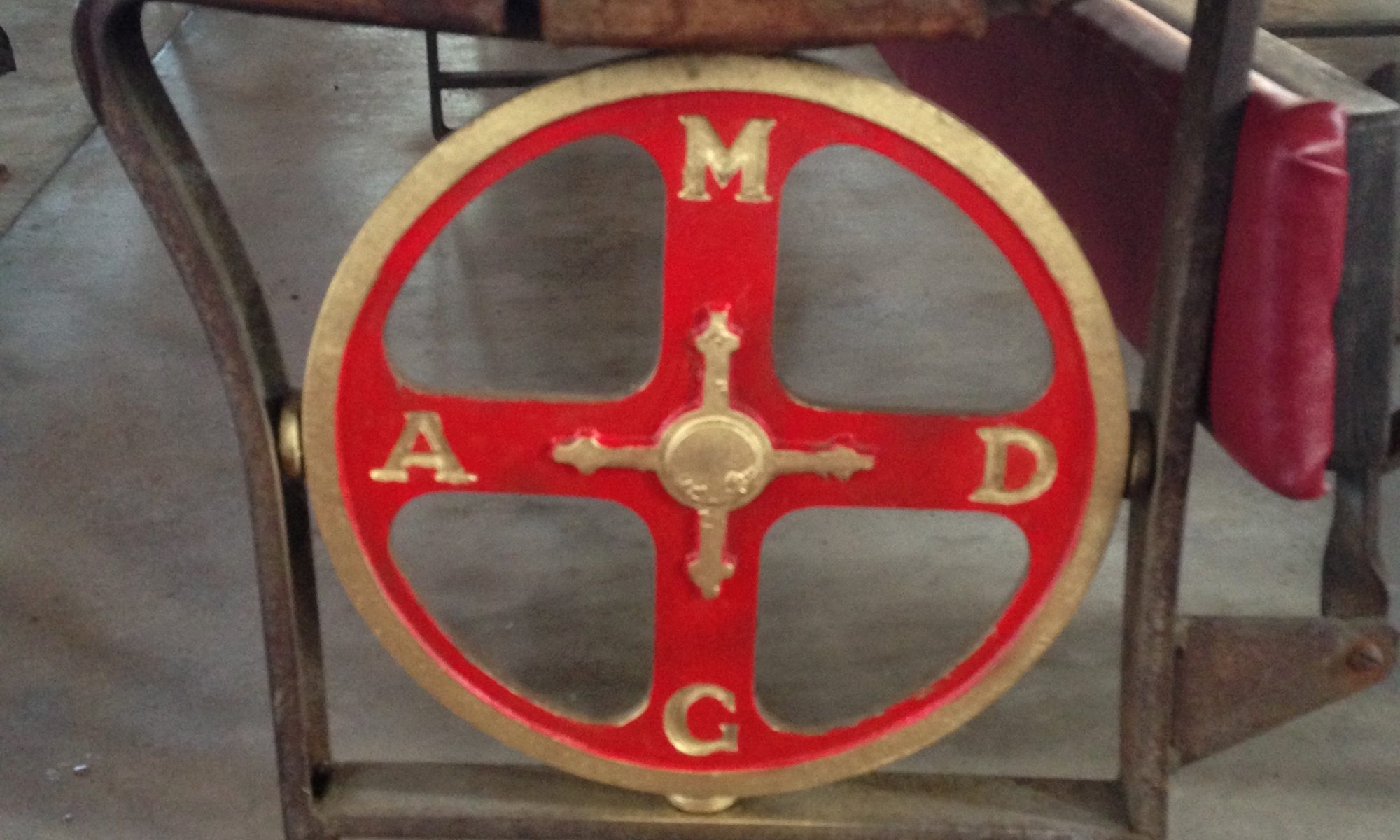oops! I just fixed this below, as it turns out two X’s in Roman numerals is 20…so the articles we looked at were 20 and 21 and not 10 and 11. Where my fact checkin’ fans at?
Another Sunday morning started off with hearing some of the 39 articles. This past Sunday we learned about articles 20 and 21. Article 20 was removed and returned several times; I don’t know why. Other articles seem more questionable than this does. I’ll define it briefly: rules can be made outside of the bible as long as they don’t contradict the bible or make the bible contradict itself. Now the bible is a challenging document to pour over entirely, but I’m sure it contradicts itself sometimes. I guess people can decide themselves how to make peace with that. Basically the article is just outlining a guide on rule-making. We also heard further that there are three steps to resolving disagreements about rules or rules to be made. They are 1) scripture 2) tradition 3) reason. This means that when deciding to set up or review a rule you need to first figure out if scripture can resolve it. If scripture is ambiguous on the point you go with tradition. If tradition doesn’t help, you use reason. And if reason fails, I guess you form a new branch of religion. You know, because this is probably how most offshoots start- from a disagreement. I said the bit about creating a new church at the talk, but no one laughed. Oh well.
Article 21 states that Princes may meet to make rules and that they can make mistakes if they stray from scripture. So, this article is related to the last one and gives a bit of room for the Episcopal church to be wrong sometimes. I’ve actually been complaining for a while now that groups and power figures are not allowed to be wrong by the public. We don’t let politicians change their mind without then name-calling them wishy washy. Everyone needs room to be wrong. I also learned that the word ‘Princes’ refers today to the bishops across the US. In England the bishops are technically still advised by the the queen, but I imagine in reality that it’s more like the other way around.
